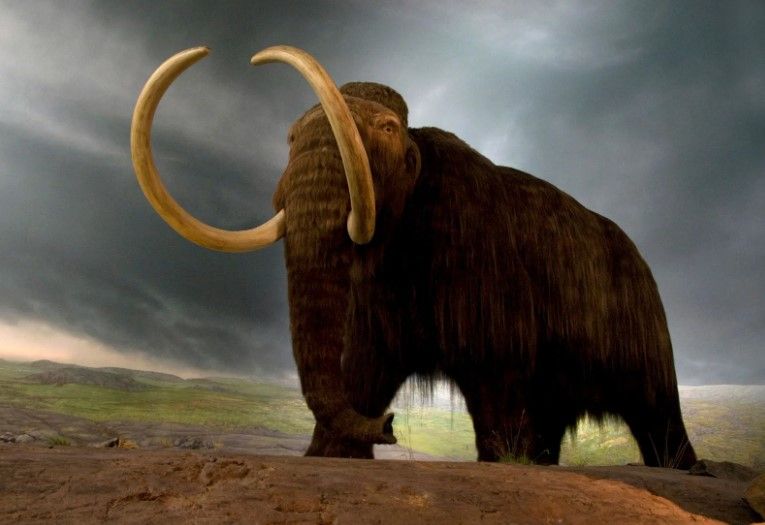Scientists want to bring the woolly mammoth back to life
It's possible that even after a species goes extinct, it can be reincarnated.

A few minutes every morning is all you need.
Stay up to date on the world's Headlines and Human Stories. It's fun, it's factual, it's fluff-free.
Right now, we're on the brink of Earth's sixth mass extinction period – this one brought on by human activity. But it's possible that even after a species goes extinct, it can be reincarnated. We've known this is possible in theory for years now, but one company is actually putting the concept to the test.
Colossal Laboratories and Biosciences is a biotech and bioscience company specializing in animal conservation and, more remarkably, genetic engineering to bring back long-extinct species. Its sights are set on two animals in particular: woolly mammoths and the Tasmanian tiger. The company's recently added the dodo to that list, too.
And that woolly mammoth thing isn't so much a pipe dream as it is a foreseeable reality. That's right; the mammoth is coming back. Maybe…
Just a bit of context – the last of the woolly mammoths went extinct around 1650 B.C., so humans have definitely encountered them, just not in a long while. Now, Colossal is saying that it has the technology and the personnel to create live woolly mammoth calves by 2027. Last year, the firm got US$60 million in additional funding, which has really propelled this project forward. Even though it began in 2021, Colossal has an actual timeline now with feasible results.
Because woolly mammoth DNA is a 99.6 percent match to the Asian elephant, the Colossal team has a relatively small genetic gap to fill in order to bring back the species. "In the minds of many, this creature is gone forever," the company says. "But not in the minds of our scientists, nor the labs of our company. We're already in the process of the de-extinction of the Woolly Mammoth. Our teams have collected viable DNA samples and are editing the genes that will allow this wonderful megafauna to once again thunder through the Arctic."
The process goes like this: Colossal scientists will create an embryo of a woolly mammoth through the process of gene editing (essentially, cutting and replacing certain DNA strands). They'll place that embryo in an African elephant, where it will grow into a baby mammoth, and the elephant will give birth to it. After years of perfecting this process and seeing how things go, Colossal wants to repopulate the parts of the Arctic with mammoths.




Comments ()